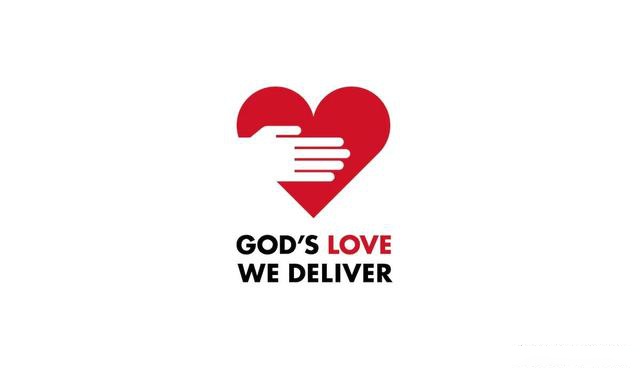Legal Knowledge
We are your trusted legal partner against fraud, providing professional legal advice and solutions.
Fake Charities: How to Identify Scams and Protect Your Donations

Fake charity scammers aim to exploit your kindness and take your hard-earned money. Don't become a victim! We need to expose their tricks and learn how to direct our donations to truly make a difference.
Every year, well-meaning generous people lose millions of dollars to fraudulent charities. These scammers hide behind names that sound familiar or use heartbreaking stories of suffering we can't imagine to manipulate our emotions. For every legitimate charity that exists, there are at least two fake ones trying to take people's money.
How fake charity scams workIt all begins with scammers creating a fake charity with a convincing name and noble cause, going to great lengths to make the scam appear credible and trustworthy. This may include:
Impersonating other charities. One of the most common tactics these scammers use is taking advantage of legitimate charities' reputations by slightly changing their names, logos, and website addresses. With enough effort, they can make these operations seem trustworthy. Fake celebrity endorsements. Since celebrities and influencers are often used in marketing, we tend to believe what our favorite celebrities endorse without thinking twice. However, with deepfake technology, scammers can make videos of anyone they want promoting their "charity," which is why it's important to double-check these endorsements. Social media manipulation. Scammers are known to create fake accounts for their charities or, worse, hack real accounts to spread false information and solicit donations. These posts are usually vague and don't provide many specifics. Crowdfunding scams. Many online platforms designed to raise money for people in genuine need are often infiltrated by scammers. They make up sensational stories, pair them with tragic images, and use the platform's trust factor to steal donations. Recognizing red flagsUnfortunately for all of us, scammers are getting smarter and their tactics more believable, but that doesn't mean you can't tell the difference between a legitimate charity and a fraudulent one.
Watch out for these red flags:
Pressure tactics. These fraudulent charities always try to get people to donate quickly without thinking too much, so they employ various pressure tactics to create a sense of urgency. A real charity will be grateful for your donation at any time. Emotional manipulation. Fake charities always try to pull at your heartstrings with made-up stories full of pain, illness, and hardship. They also use images of children or cute animals to elicit sympathy and encourage quick donations. Lack of transparency. Legitimate charities will always provide you with financial reports, board member information, and contact details when asked. Scammers, on the other hand, deliberately hide this information, making it difficult to verify their legitimacy. Vague information. A hallmark of these scams is that these so-called organizations are usually not upfront about what they do and who they're trying to help. If a charity can't provide clear answers about its mission, plans, or finances, the best thing to do is walk away. How to protect yourselfThese fake charities are everywhere, and if you're someone who frequently donates to noble causes, you need to know how to protect yourself and your donations.
Research, research, researchBefore donating to any charity, always check if it's legitimate. You can do this using resources like Charity Navigator or the Better Business Bureau.
Initiate donations yourselfWhile real charities sometimes reach out to people, especially if they've donated in the past, unsolicited messages are usually from scammers. Instead of responding to requests, find an organization known for its work in the area you want to support and contact them directly.
Say "no" to unsolicited requestsNo matter how urgent or heartbreaking the call or email seems, don't give in to pressure. Take time to assess the situation and the charity's reputation.
Payment mattersOne way scam charities try to avoid accountability is by asking for payment through untraceable methods like gift cards or cash. That's why you should opt for payment methods like credit cards or checks made directly to the charity. These leave a traceable record.
Report suspicious scamsIf you come across a suspected fake charity, don't just walk away. Report it to official agencies like the Federal Trade Commission to help protect others.
Final thoughtsIt's infuriating that fake charities exist, exploiting our natural instinct to help those in need. But with a healthy dose of skepticism and a commitment to verifying organizations, we can keep ourselves safe.
We shouldn't let emotions dictate our donation decisions but rather channel our charitable intentions effectively to support the work of organizations that truly make a difference.